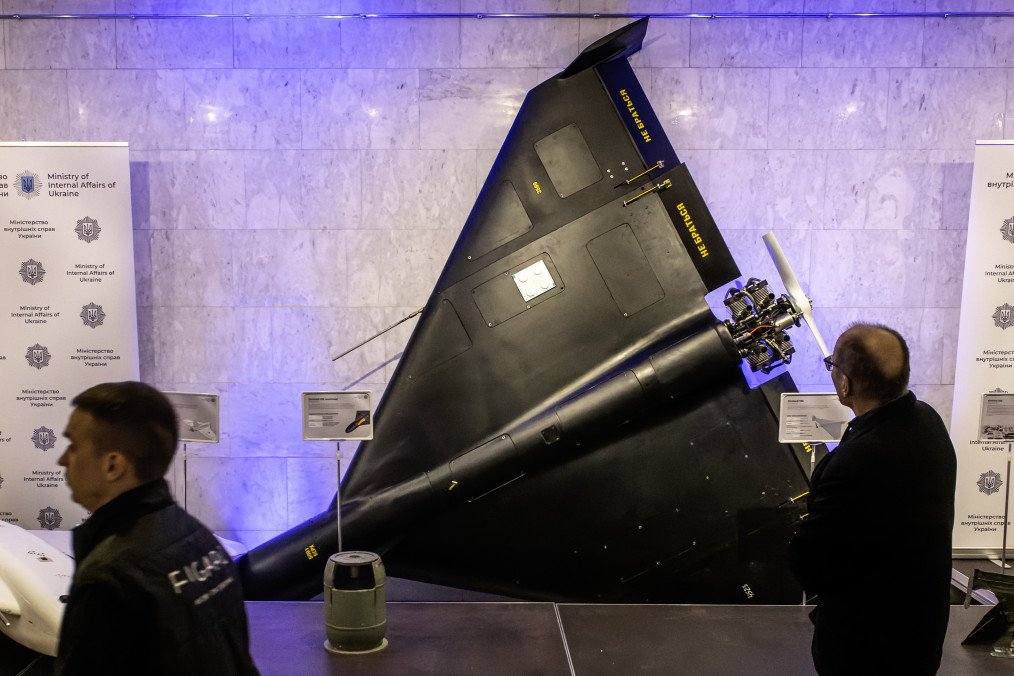Russia has significantly scaled up production of its Shahed-type loitering munitions, introducing a new manufacturing site in the city of Izhevsk.
According to an analysis by Matthew Binns and Fabian Hinz published by the International Institute for Strategic Studies (IISS) on April 14, the production is being carried out at the Kupol Electromechanical Plant, a subsidiary of Russia’s state defense conglomerate Almaz-Antey.
Citing European intelligence sources, Reuters previously reported that the facility operates on the grounds of the 300th production site of the Izhevsk Mechanical Plant, acquired by Kupol in 2019. Initially intended for manufacturing equipment for nuclear power stations, the site has since been repurposed for drone assembly.
The new Russian-made drones differ from the Geran-2 models produced in Alabuga. Drones manufactured in Izhevsk carry the designation “Garpia-A1” and feature distinct structural characteristics. Notably, they can be identified by changes in winglet attachment design and serial numbers starting with Cyrillic letters such as “К”, “КБ”, or “КЦ.”

Hinz, who has tracked the drone program closely, previously highlighted these physical and serial number differences on his X (formerly Twitter) account in September 2024.
The Izhevsk plant reportedly uses a Chinese-manufactured copy of the German Limbach 550 engine, in contrast to the Iranian MADO MD 550 engines used in Alabuga. These differences were detailed in a video by Russian engine specialist Yevhen Travnikov, who noted variations in construction quality, despite most components remaining interchangeable.
The dual-track production model—operating in both Izhevsk and Alabuga—has contributed to a sharp rise in Russian Shahed-type drone attacks on Ukraine.
According to Ukraine’s Air Force, the number of such drones launched began increasing in mid-2024. By September, monthly launches surpassed 1,000 units, reaching over 4,000 by March 2025.
Earlier, Ukrainian officials reported that Russia may be equipping Shahed drones with toxic chemical agents, including CS gas, to increase harm to civilians handling debris. While capsules containing irritants were confirmed inside some UAVs, claims about chemical coatings on the drone fuselages remain unverified.






-72b63a4e0c8c475ad81fe3eed3f63729.jpeg)

-111f0e5095e02c02446ffed57bfb0ab1.jpeg)
